The name Ferrari is synonymous with speed. This Italian brand literally built its reputation on creating some of the fastest cars in the world.
But how fast does a Ferrari go?
The answer may not be as straightforward as you might think.
Here’s why.
Ferrari’s top speed is a dance of variables. Model-specific aerodynamics (downforce vs. drag), powertrain (NA vs. hybrid torque curves), and gearing ratios clash with electronic limiters. Tires rated for 211+ mph only comes on certain trims.
Real-world factors: fuel load, ambient temps, and surface grip. Plus, official factory claims versus independent testing discrepancies. Even the SF90 Stradale’s 211-mph cap bends under track prep. Ultimately, speed isn’t static—it’s engineering’s temporary ceasefire with physics.
See also:
The Legacy Of The Prancing Horse: An In-depth Study on Historic Ferrari Models
The Prancing Horse Unleashed: Ferrari's Need for Speed
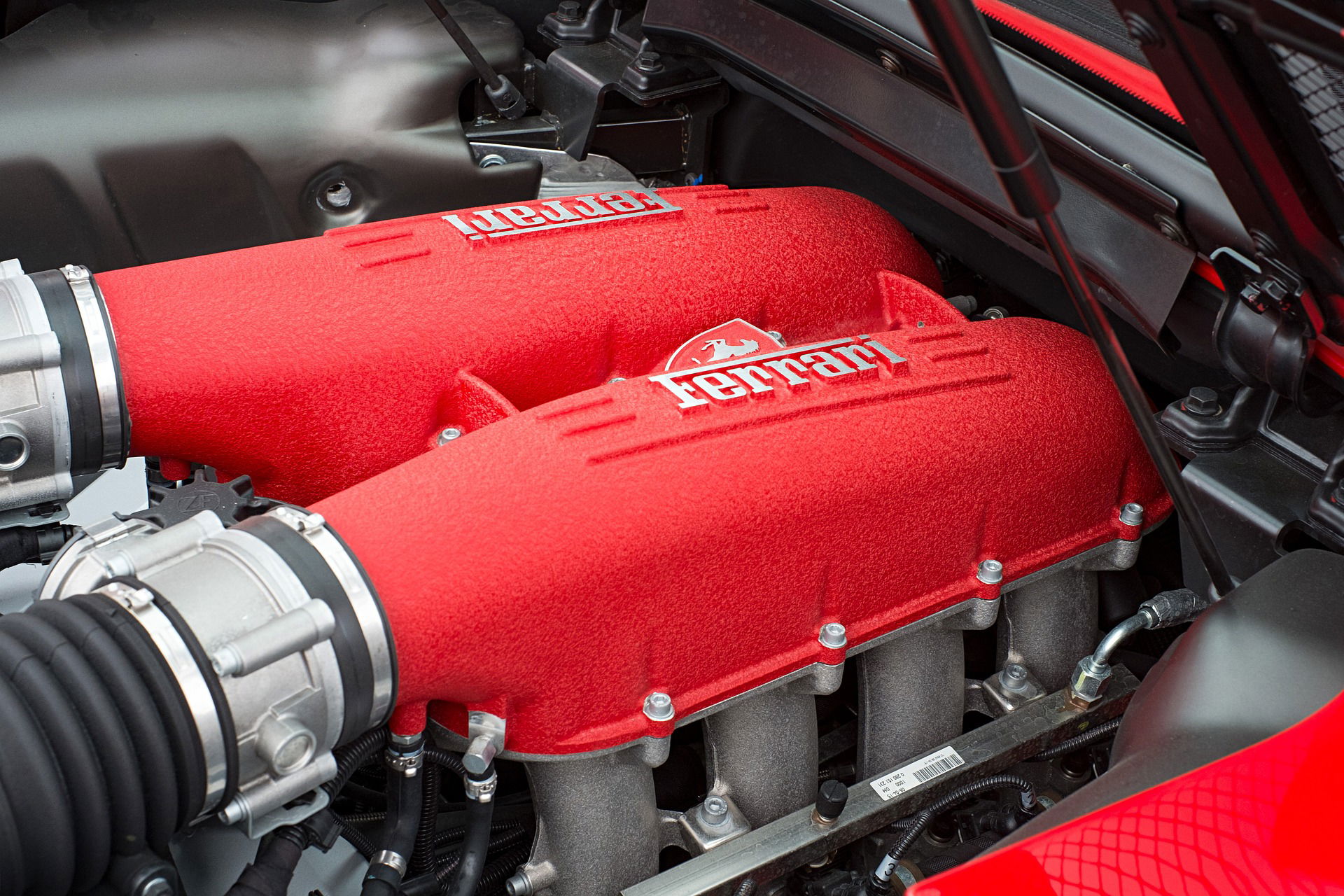
Photo Credit: Pixabay.
Ferrari's obsession with speed can be traced back to its racing roots. Founded by Enzo Ferrari, the company was born out of a passion for building racing cars. This legacy lives on in each car produced, with speed being a defining characteristic.
More than an engineering philosophy, Ferrari’s relentless pursuit of speed is a cult-like devotion to transcending limits. Since Enzo Ferrari declared, "I build engines and attach wheels to them," velocity has been the brand’s religion.
Every snarling V12, every wind-cheating curve, is a testament to this obsession. Yet beneath the adrenaline lies a paradox. Ferrari’s fixation often eclipses practicality, even reliability. The F40’s raw, untamed power made it a legend, but its unforgiving nature bordered on self-sabotage.
Modern hypercars like the SF90 Stradale push hybrid tech to absurd extremes—986 horsepower, 0-60 in 2.5 seconds—yet critics whisper: is this speed for speed’s sake? Historically, Ferrari’s racing failures stem from this myopia.
The 1950s’ suicidal Le Mans ambitions, 2022’s F1 strategy blunders—all reveal a team so intoxicated by velocity that it forgets to win. But perhaps that’s the point. Ferrari doesn’t sell cars; it sells madness.
In a world dazzled by efficiency, Ferrari dares to ask: What’s the point of going fast if you don’t feel alive? The answer, written in red, is always the same: Speed is the soul. Even when it burns.
Ferrari’s Top Speed Engineering: Physics Meet Obsession
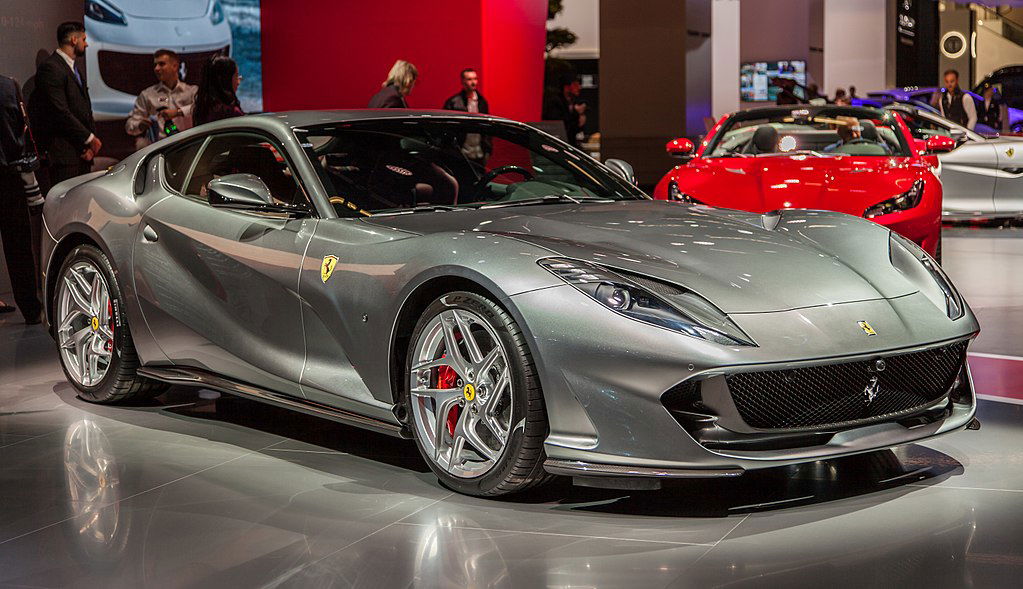
812 Superfast / Photo Credit: Alexander Migi via Wikimedia.
Ferrari’s pursuit of terminal velocity isn’t just about horsepower—it’s a ballet of aerodynamics, materials science, and mechanical defiance. Take the Ferrari 812 Superfast, which cracks 211 mph despite a front-mounted V12, a layout typically punished by drag.
The secret?
A computationally optimized aero balance, where underbody vortex generators and a rear diffuser work in harmony to cancel lift without a massive wing, preserving sleek lines while maintaining stability.
Then there’s the SF90 Stradale’s hybrid powertrain, where Ferrari’s engineers defy electric weight penalties. By using a high-torque axial-flux electric motor (lighter and more power-dense than radial-flux units), they shave kilos while adding instant torque.
The result?
A combined 986 hp that rockets to 60 mph in 2.5 seconds, yet remains tractable at 200+ mph. But the real masterstroke is in transmission tuning.
Ferrari’s F1-derived dual-clutch gearbox doesn’t just shift fast—it predicts load demands, holding gears at redline when sensors detect an imminent top-speed run, ensuring no power is wasted in hesitation.
Even the Prancing Horse’s paint plays a role: ultra-thin, nano-ceramic coatings reduce surface friction, worth 0.3 mph at the limit. Because in Ferrari’s world, speed is a ritual.
Velocity In Red: The Fastest Ferraris Ever Built

LaFerrari / Photo Credit: Clement Buccho Lechat via Wikimedia.
Ferrari has produced some of the fastest cars in the world. Since the dawn of its road cars, Ferrari has treated top speed as a manifesto where others saw metrics—a declaration of mechanical supremacy.
The 365 GTB/4 Daytona was the first true autobahn stormer, its 4.4-liter V12 pushing 174 mph in 1971, a figure so staggering for its era that skeptics doubted it until road tests confirmed Ferrari’s audacity.
This was no fluke; the Daytona’s long-tail design and five-speed transaxle (unusual for front-engine GTs) minimized drag while balancing weight, proving Ferrari’s appreciation of aerodynamics before wind tunnels became standard.
The F40 redefined hypercar velocity in 1987, its twin-turbocharged 2.9-liter V8 screaming to 201 mph, making it the first production car to break the mythical 200-mph barrier.
But raw power wasn’t the sole hero—the F40’s carbon-fiber monocoque and fixed aerodynamics (no active spoilers, just pure downforce) showcased Ferrari’s obsession with minimizing compromise.
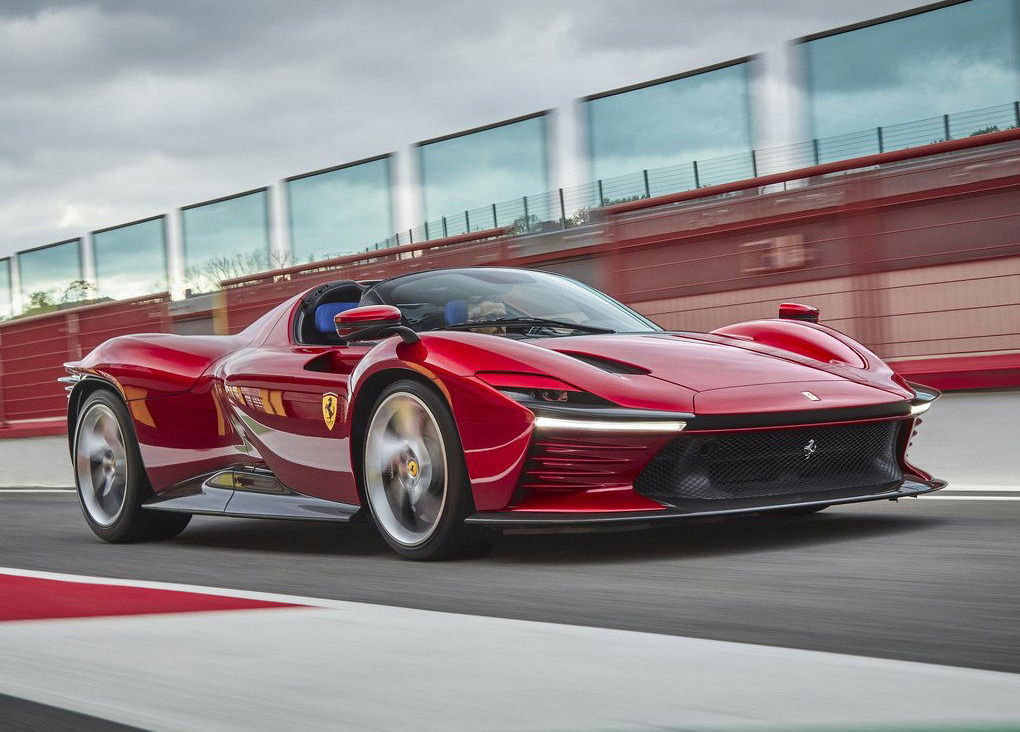
Even its plexiglass windows and stripped interior were speed-focused choices, not just weight-saving gimmicks.
In the modern era, the LaFerrari and SF90 Stradale represent divergent philosophies. The LaFerrari’s 6.3-liter V12 hybrid system prioritized throttle response over outright top speed, yet still achieved 217 mph thanks to its active aero and torque-vectoring HY-KERS system, which juggled electric and combustion power seamlessly.
The SF90, meanwhile, leverages all-wheel-drive traction and axial-flux motors to hit 211 mph, proving hybrid tech need not sacrifice velocity. Yet the 812 Competizione remains the current pinnacle, its 6.5-liter V12’s 9,500-rpm wail propelling it to 211+ mph, aided by four-wheel steering and Ferrari’s most advanced aero yet.
See also:
5 Best Ferrari Cars You Can Buy Without Breaking The Bank
The Art of Controlled Violence: Ferrari’s Zero To 60 Breakdown
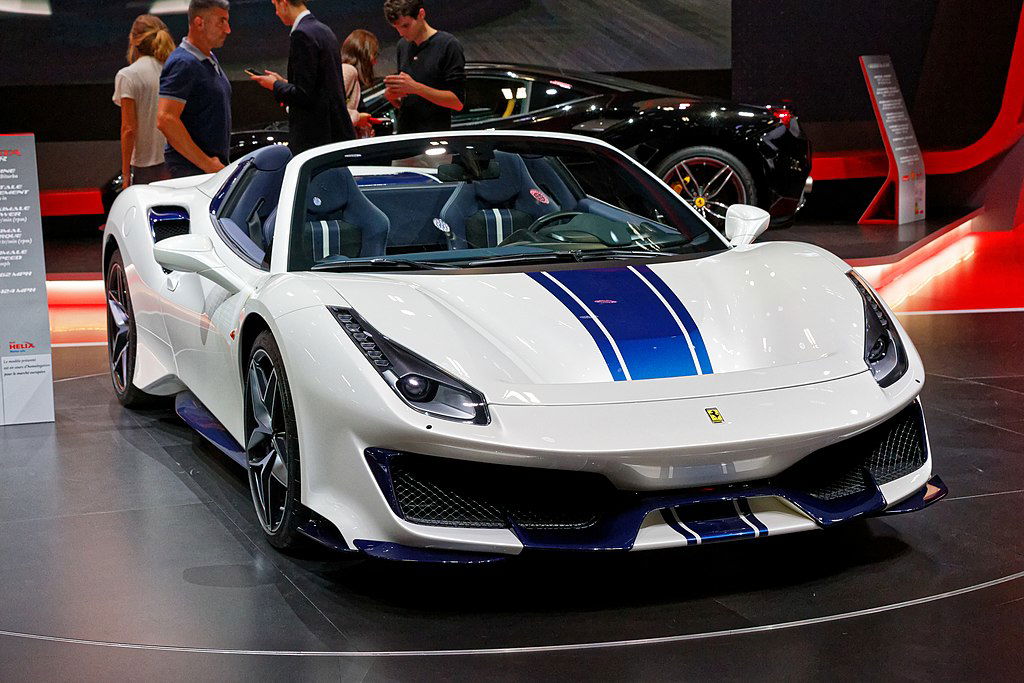
488 Pista / Photo Credit: Thesupermat via Wikimedia.
Ferrari's acceleration is as impressive as its top speeds. The brand’s acceleration philosophy has always been a symphony of traction, power delivery, and black magic engineering.
The early Testarossa, with its flat-12 engine and rear-wide tires, struggled to break 5 seconds in the 1980s, not for lack of power, but because mechanical grip and gearbox technology hadn’t yet caught up to Ferrari’s ambitions.
Yet, this car laid the groundwork for a revolution in launch dynamics, teaching engineers that power means nothing without control.
The turning point came with the F355’s F1-style paddle-shift gearbox in 1997, the first production car to feature such technology. Suddenly, shifts that took a human driver half a second were executed in milliseconds, slashing the 0-60 time to 4.2 seconds—a revelation that redefined supercar performance.
But Ferrari wasn’t satisfied. The Enzo’s carbon-ceramic brakes and adaptive suspension allowed its 6.0-liter V12 to deploy all 650 hp without wheelspin, hitting 60 mph in 3.3 seconds—a figure that seemed almost untouchable in 2002.
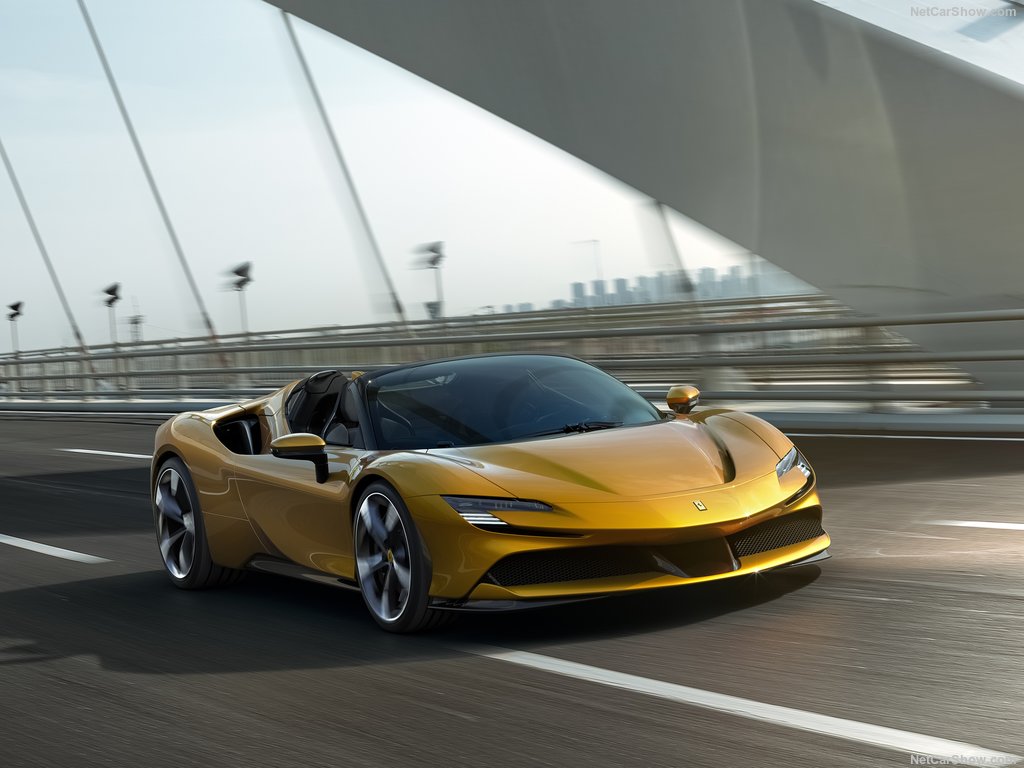
SF90 Spider.
Then came forced induction and hybrid trickery. The 488 Pista’s twin-turbo V8 demonstrated that turbo lag could be engineered into near non-existence, its 2.85-second sprint proving that response time mattered more than displacement.
Today, the SF90 Stradale’s tri-motor hybrid system takes this further, using its front axle motors to torque-fill during gearshifts, achieving 0-60 in 2.5 seconds– not by overpowering physics, but by outsmarting it.
Every model launch deepens one truth: Ferrari’s engineers treat acceleration as a tactile experience.
The way the F8 Tributo’s Side Slip Control lets the rear tires slip just enough to rotate the car while still clawing forward, or how the Roma’s refined throttle mapping masks its ferocity until the tach needle sweeps past 4,000 rpm—these are the details that separate Ferrari from mere speed machines.
How Fast Does A Ferrari Go: Ferrari’s Top Speed Evolution
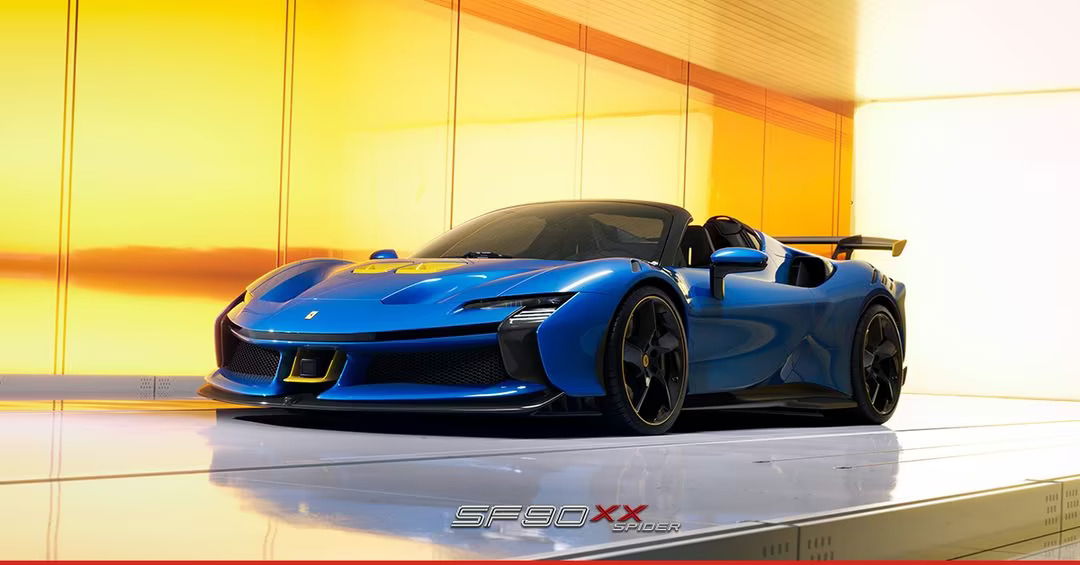
SF90 Stradale XX Spider.
Ferrari’s top-speed journey mirrors the relentless march of engineering rebellion. The 125 S of 1947 barely touched 100 mph, its 1.5L V12 straining against crude aerodynamics. By the 250 GTO’s era, Ferrari had mastered Bernoulli’s principles, its curvaceous bodywork hitting 174 mph in 1962—without wind tunnel testing.
The 1987 F40 shattered the 200 mph barrier through brute-force turbocharging and obsessive weight stripping, its Kevlar monocoque proving speed demanded sacrifice.
The 2000s saw computational leaps—the Enzo’s active aerodynamics and 599 GTB’s F1-derived transaxle refined high-speed stability, while the LaFerrari’s hybrid torque vectoring tamed 217 mph with eerie calm.
Today, the SF90 XX’s AI-driven active flaps and 800V electric architecture heralds a new creed for Ferrari, a new creed that says speed is the absolute mastery of chaos. Each mph gained now comes not from bigger engines, but from algorithms battling physics in real time.
Ferrari's Top Speed Across Different Models
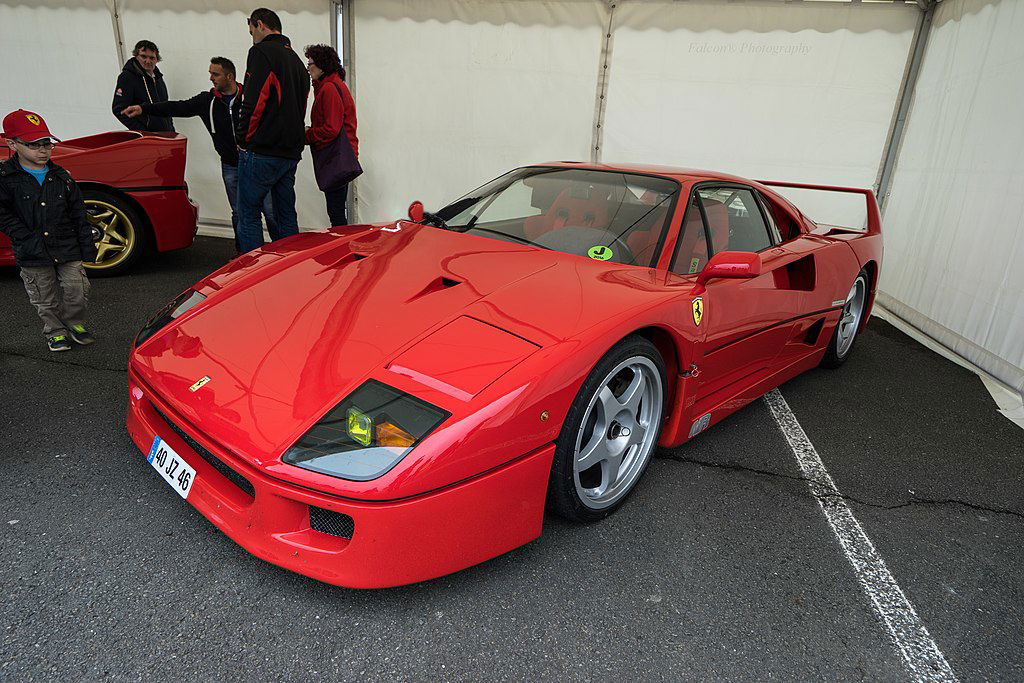
F40 / Photo Credit: Falcon Photography via Wikimedia.
Ferrari’s relentless pursuit of velocity has unfolded in distinct chapters, each era defined by its own mechanical philosophy and technological constraints.
The early days saw front-engined V12s like the 250 GT California Spider achieving barely 150 mph, their elegant bodies pushing against the limits of 1960s tire and suspension technology. These were cars where top speed came second to mechanical harmony, their long hoods housing engines that prioritized symphonic response over outright power.
The mid-engine revolution changed everything—the 288 GTO’s twin-turbocharged V8 demonstrated how forced induction could transform Ferrari’s speed capabilities, its 189-mph top end hinting at the forced induction potential that would culminate in the F40’s earth-shattering 201 mph benchmark.
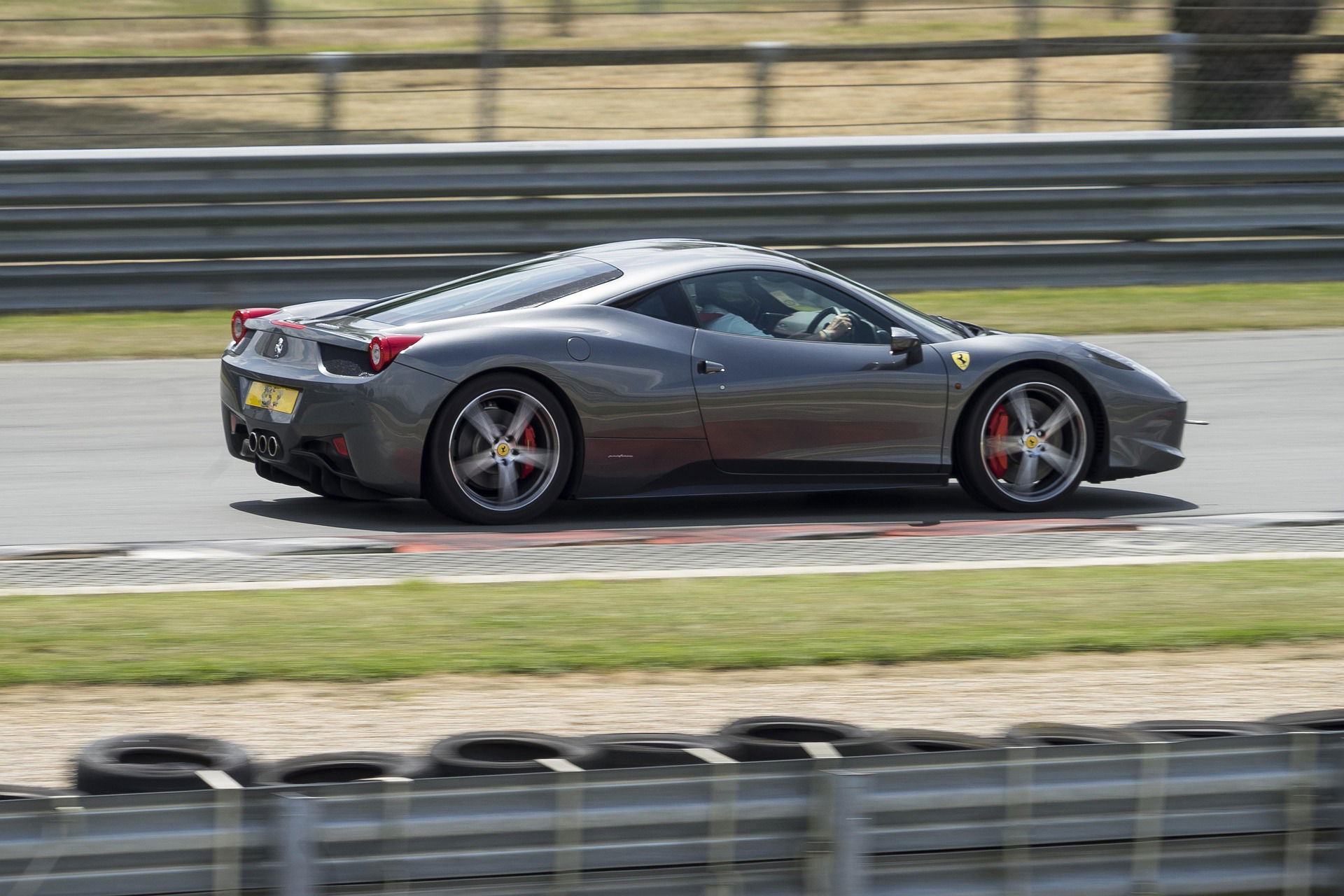
Photo Credit: Pixabay.
The naturally aspirated V12s of the 1990s and 2000s—cars like the F50 and Enzo—pursued speed through obsessive weight reduction and aerodynamic purity rather than sheer displacement, their carbon tubs and active aero systems proving that velocity could be achieved without turbos.
Yet the modern era’s hybrid hypercars reveal Ferrari’s most sophisticated approach yet. The LaFerrari’s 217 mph top speed isn’t just about its combined 950 horsepower, but about how its HY-KERS system seamlessly blends torque to maintain stability at triple-digit velocities.
Meanwhile, the turbocharged V8 models like the 488 Pista demonstrate how contemporary aerodynamics and advanced materials allow smaller engines to achieve speeds that once required twelve cylinders.
What unites these machines across decades is Ferrari’s evolving understanding of speed—from something wrestled from mechanical components to something computed in real time by onboard systems, each generation pushing boundaries in profoundly different ways.
The Fastest Street-Legal Ferrari

The Ferrari SF90 Stradale holds the crown as Ferrari’s fastest street-legal production car, with a top speed of 211 mph. Its hybrid powertrain—a twin-turbo 4.0L V8 paired with three electric motors—delivers 986 hp, while advanced aerodynamics and all-wheel-drive traction ensure stability at extreme speeds.
Unlike track-focused hypercars, the SF90 balances blistering performance with daily usability, debunking myths that hybrids can’t dominate raw speed.
The Track Titans: Ferrari's Fastest Race-Inspired Models
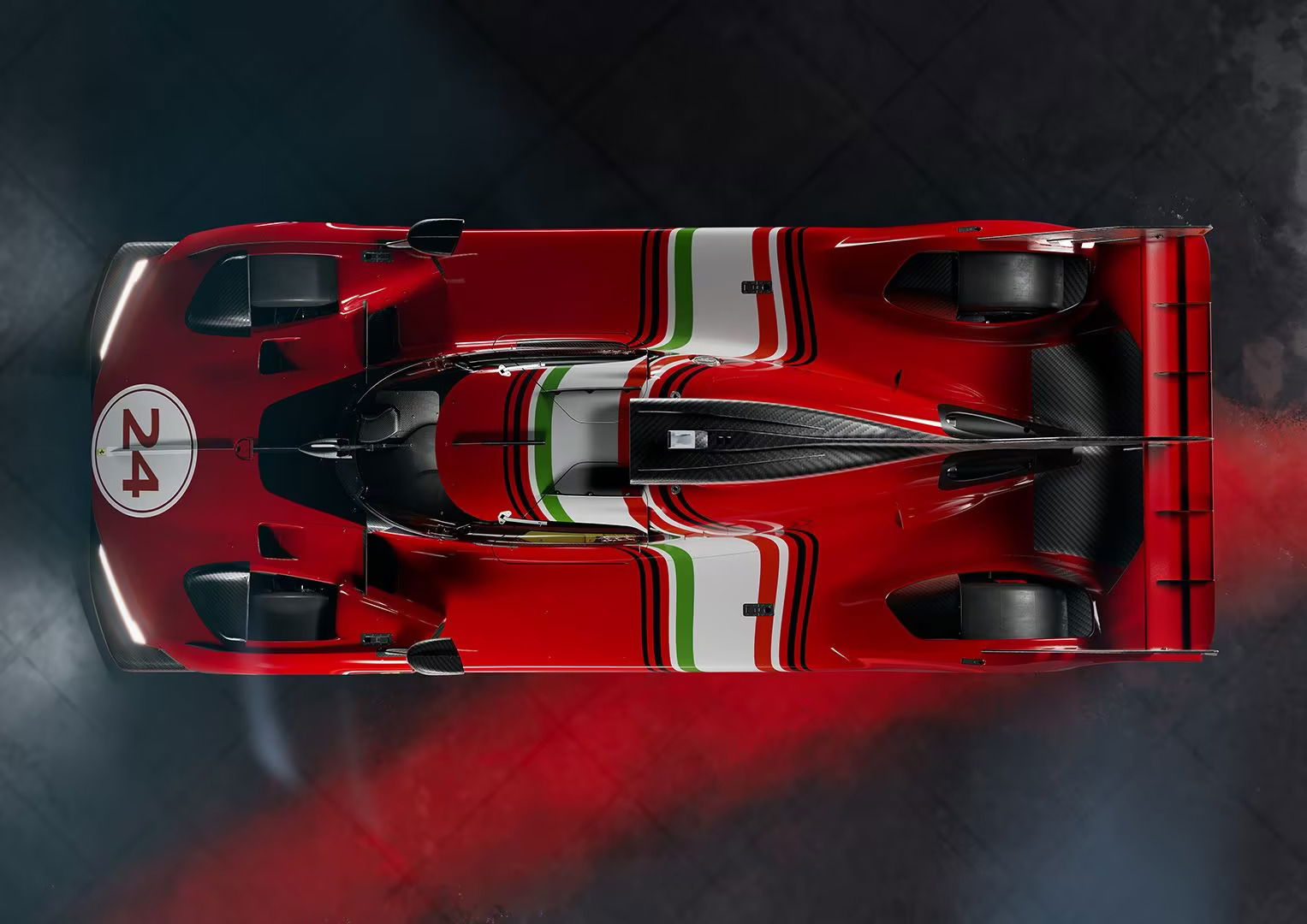
499P Modificata.
Ferrari’s FXX-K Evo and 499P Hypercar embody extreme track-bred performance, though only the Daytona SP3—inspired by the 330 P3/4—is street-legal.
The FXX-K Evo’s 1,050-hp hybrid V12 and 2,000 kg of downforce make it a track monster, while the 499P’s Le Mans-winning hybrid powertrain showcases Ferrari’s endurance racing dominance. The Daytona SP3, with its 6.5L V12 and 9,500-rpm scream, merges retro racer soul with modern aerodynamics.
The Future Of Ferrari's Speed: Hybrid And Electric Innovations
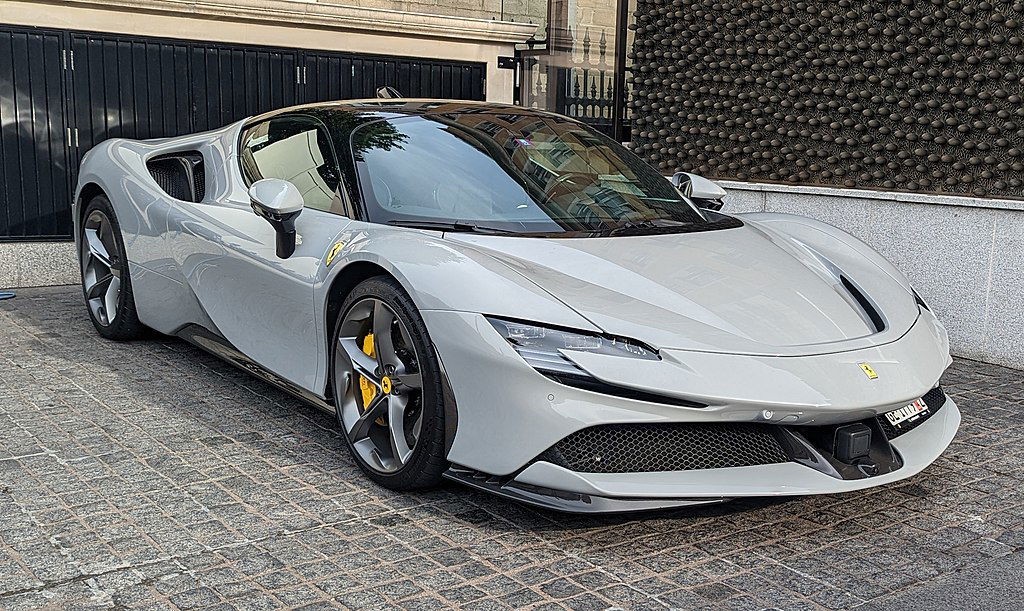
SF90 Stradale / Photo Credit: Calreyn88 via Wikimedia.
Ferrari isn’t necessarily betraying its legacy by embracing hybrid and electric power—it’s the next frontier in the pursuit of speed. The SF90 Stradale proved electrification can enhance, not dilute, Ferrari’s visceral thrill.
With synthetic fuels and solid-state batteries on the horizon, Maranello’s future V12s and EVs won’t just chase horsepower but emotion.
Expect torque-vectoring witchcraft, lighter power units, and sounds engineered to stir the soul. The tach may go digital, but the madness remains analog.
Driving A Ferrari: The Importance Of Skill And Safety At High Speeds
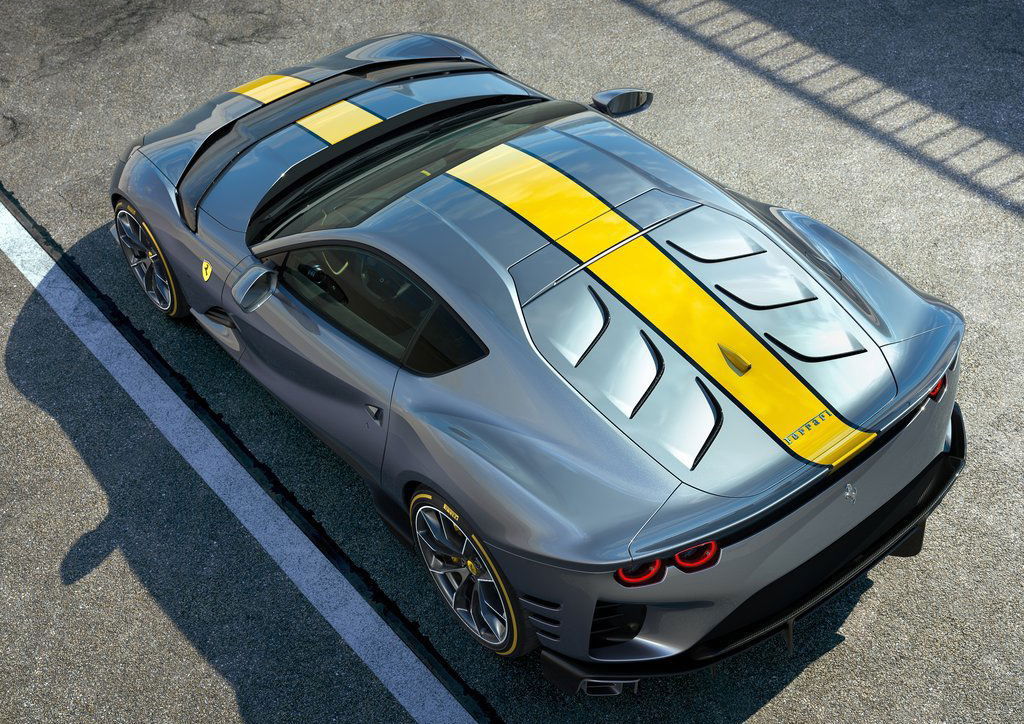
812 Competizione.
Ferraris demand respect—they’re not just fast, they’re alive. That 812 Competizione’s 6.5L V12 is a hunter. Without proper skill, 700+ hp becomes a liability. Ferrari’s Side Slip Control helps, but it’s no substitute for seat time.
Track days save lives: learn throttle modulation before you explore that 9,500-rpm redline. These cars bite when provoked. Speed is a privilege, not a right. The Gearhead Gospel says master the machine or become a cautionary tale.
The Lifestyle Of Ferrari Ownership
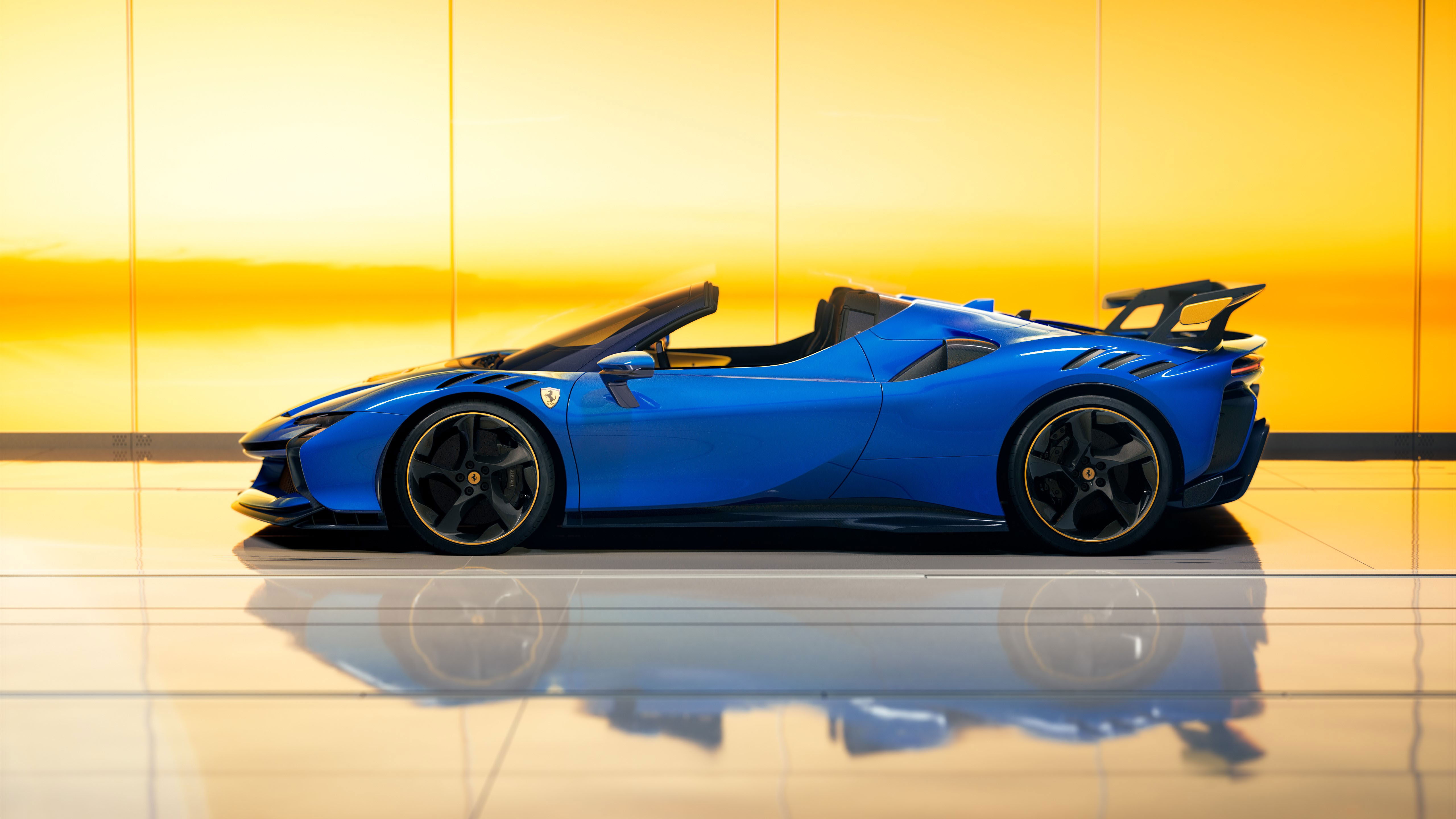
SF90 XX Stradale.
There are unspoken rituals that go with owning a Ferrari. The way dealers treat you differently after your third purchase. The secret waitlists for XX programs.
The unplanned 'engine warm-up' detours just to hear that V12 sing. The quiet dread of any parking lot. The fact that 'weekend drives' become 100-mile minimums.
And the realization: no matter how fast you go, someone in a WhatsApp group has gone faster. It’s a cult—with better leather.
The Legacy And Future Of Ferrari's Top Speed
Ferrari’s speed legacy—forged by raw V12s, aerodynamics, and racing grit—now evolves through hybrid tech and AI. From the F40’s 200-mph breakthrough to the SF90’s electrified fury, Maranello balances tradition with innovation. The future? Faster, smarter, but never sterile.